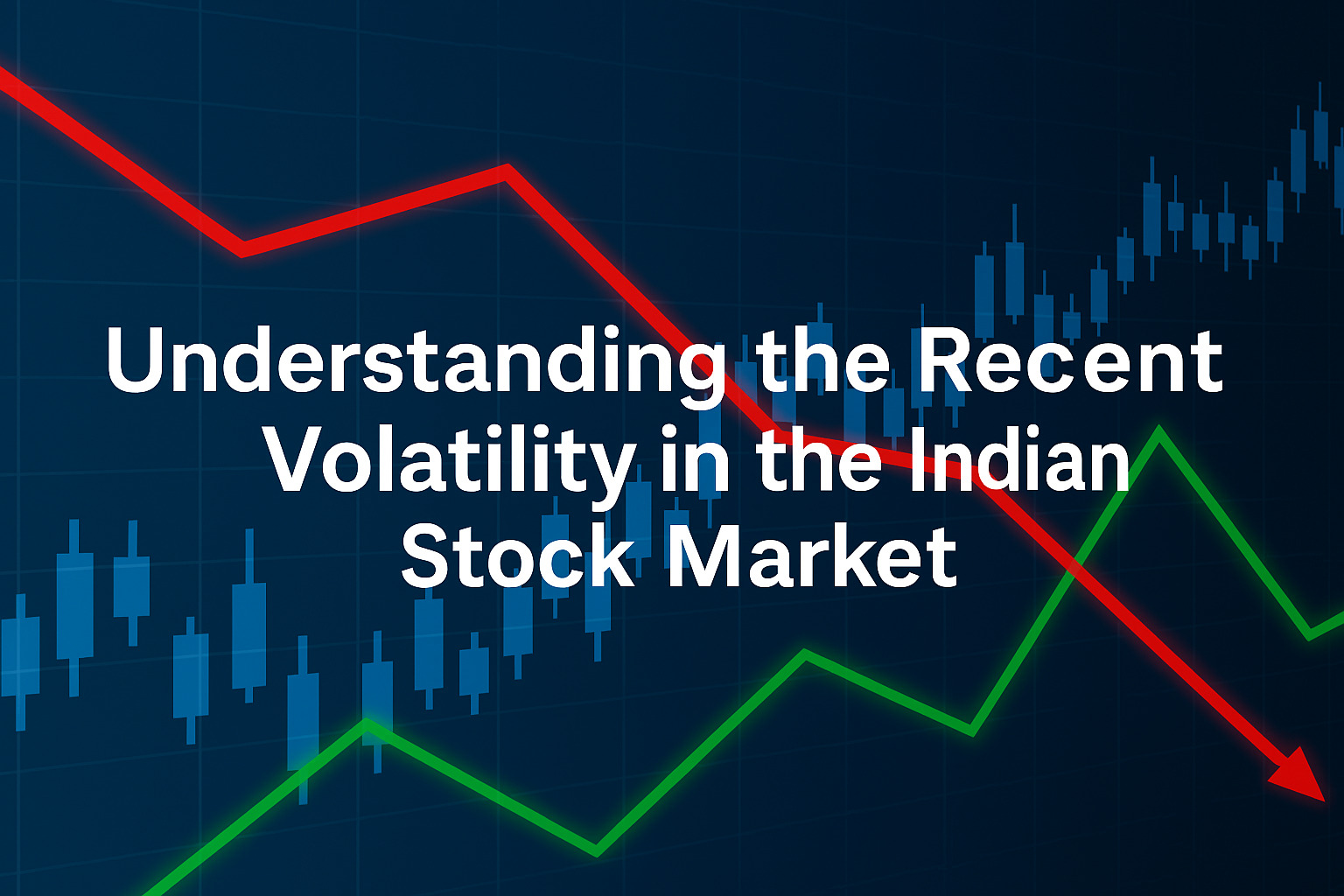Indian Stock Market Volatility: Causes, Trends & Predictions

Comprehending the Latest Developments in Volatility of the Indian Stock Market
Indian debt markets are crazy in the last week, and this has domestically and globally impacted stock investor sentiments. I’m sorry to say that on 11th feb 2025, both the Sensex and Nifty’s performance was disappointing, closing down. For investors, understanding the reasons behind this volatility is important as a number of domestic and international factors are influencing this trend.
An Unstable Week Will Be More Than A Reasonable For Market Traders
The week started with great expectations after RBI’s monetary policy update, but things turned out more than ugly on February 7. Investors were disappointed as again repo rate was reduced by 25 basis points down to 6.25%. This is normally expected to increase market morale but this level of subdued growth didn’t help matters this time.
- RP: 25 bps IN: 6.25% (-2.50%) Nifty 50 traded down 43.40 points (-0.18%) settling at 23,559.95.
- BSE Sensex traded down 198 -0.25%
Indians have adopted this tentative strategy primarily due to the heavy selling by FIIs, which has remained constant. In the past few months, FIIs have pulled out funds from Indian equities to a substantial level, with the month of January 2025 alone seeing an outflow of 723 billion Indian Rupees or USD 8.4 billion. Furthermore, the reality of elevated stock prices coupled with mediocre corporate earnings has put the sanity of the market in jeopardy. Discourse on social media has pointed out how stock prices have majorly diverged from the businesses that they claim to represent, further deepening the investors’ concern.
- Telecom: Bharti Airtel surged by 3.60% on the back of positive momentum in the telecom sector.
- Steel: Lower Steel prices resulted in an industry bullish outlook and so Tata Steel rose by 4.34%.
- Banking &FCMG: Broader market losses featured the likes of State Bank of India and ITC which dropped significantly.
Market Moving Influencing Factors
The reasons behind the latest round of volatility are:
1.RBI monetary policy: while the rate cut intended to boost economic activity, the prevailing global uncertainty neutralized the impact.
2.FII Outflows: Foreign investors are withdrawing their investments likely because of global uncertainty and higher perceived safety in other assets.
3.Global Marketing Trends: Demand in the Indian market is responsive to shifts in US monetary policies, geopolitical tensions, and trade conflicts.
4.US Tariffs: New trade policies by the US makes the situation increasingly more complicated.
5.Indian Economic Metrics: The Manufacturing PMI hit 57.7, a six-month high reflecting strong spending domestically, and the Indian Rupee depreciation out of concern for global stagflation continues to heighten market volatility.
What Is Next For Stock Market:
In the coming months periods, these various factors will determine the course of the market:
- Corporate Annual Report: Positive earnings announcements can bring balance to the stock market, while poor performance will keep the market volatile for a longer duration.
- Government Budget: The market recovery may be aided by policies stimulating growth from the private sector after the FY 2025-26 budget focusing on infrastructure and capital spending.
- RBI Policy Actions: Hopes abound for further cuts to interest rates which would make borrowing smaller, but global inflation and interest trends hold the decisive power.
- Global Surge: Indian stock markets will be highly influenced by the interest rate decisions from the US Federal Reserve.Geopolitical Stability: Drops in international conflict or favorable trade relations could be beneficial for investor sentiments.
Long-Term Growth Potential
While short-term fluctuations may occur, the forecast remains positive. India’s economy is to be supported by the growing contribution of the manufacturing, technology, and renewable energy sectors which is anticipated to achieve GDP growth soars to 6 – 7% by 2025.
Also Read : Closing Bell: Indian Stock Market Gains for the Third Consecutive Day, Sensex Rises by 319 Points
Conclusion
The recent stock market fluctuations have sparked concerns for several investors however the long term outlook for India continues to seem optimistic. The country’s economic fundamentals and pending policy formulations are undoubtedly prone to influence market movements in the coming months in conjunction with ongoing international trends. Rather than reacting to short term movements, the focus should be on timely investments where opportunities aligned with strong fundamentals can be capitalized on. Additionally, diversified exposures with an understanding of macroeconomic relations is critical to navigate through these uncertain times.



One thought on “Indian Stock Market Volatility: Causes, Trends & Predictions”